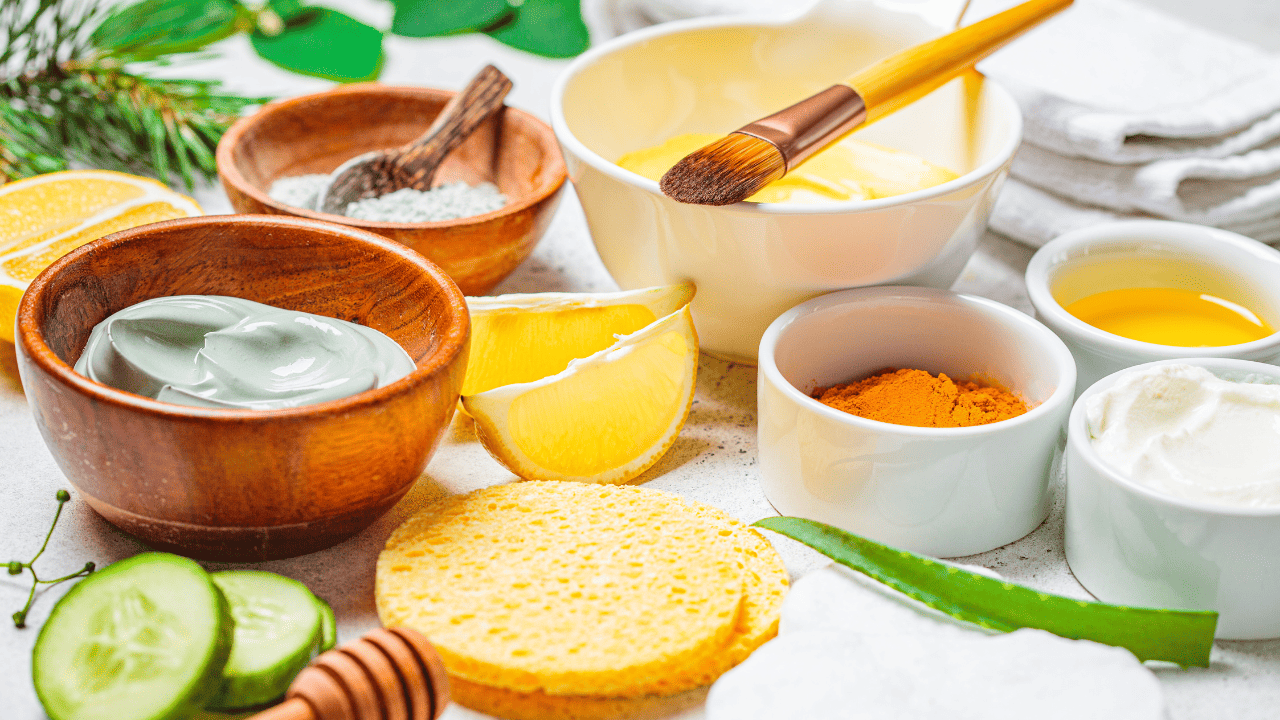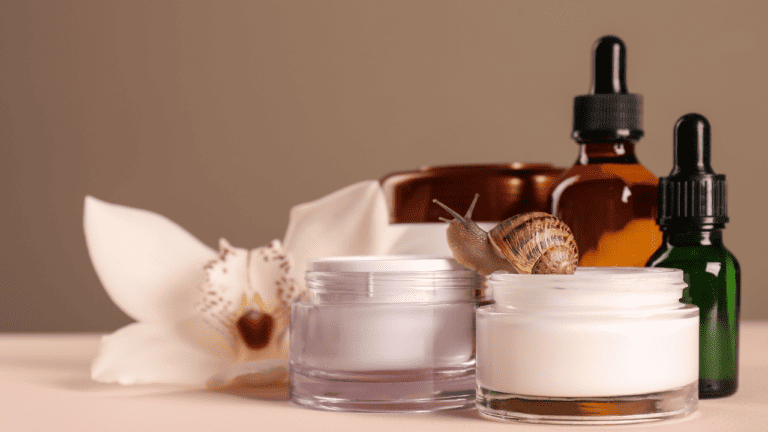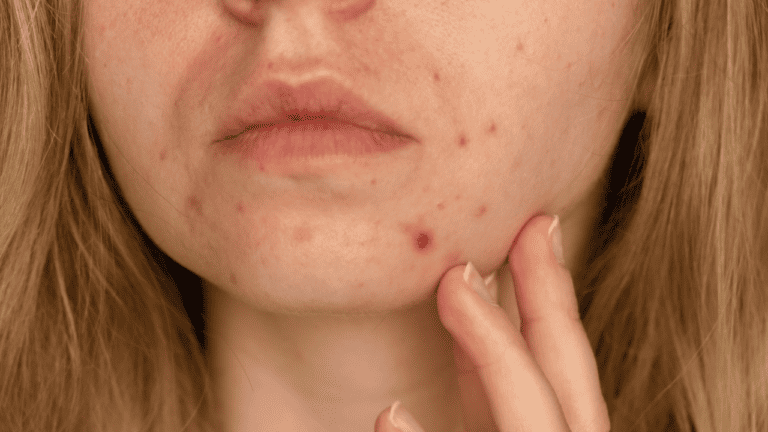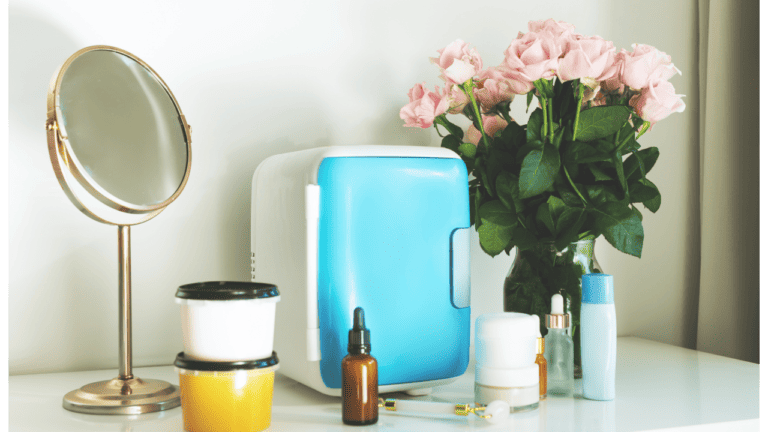Welcome to the world of natural skincare, where snail mucin has emerged as a star ingredient. As the trend towards natural remedies grows, it’s essential to understand how these ingredients work and compare with others. This article offers a comprehensive analysis, contrasting snail mucin’s unique benefits with popular skincare heroes like hyaluronic acid, vitamin C, and retinol. Whether you’re a skincare aficionado or a newcomer, our aim is to provide clear, concise insights, helping you navigate the ever-evolving skincare landscape. Let’s dive into the intriguing world of snail mucin and discover its place in your skincare routine.
Key takeaways
- Snail mucin offers a unique combination of hydration, repair, and collagen production, suitable for most skin types, particularly those with sensitive or dry skin.
- Comparing snail mucin to other ingredients like hyaluronic acid, retinol, and vitamin C shows its versatility, though each ingredient targets specific skin concerns more directly.
- Understanding your skin type and concerns is crucial for selecting the right ingredients, and incorporating them into your routine should be a balanced and gradual process.
Comparison with Other Popular Skincare Ingredients
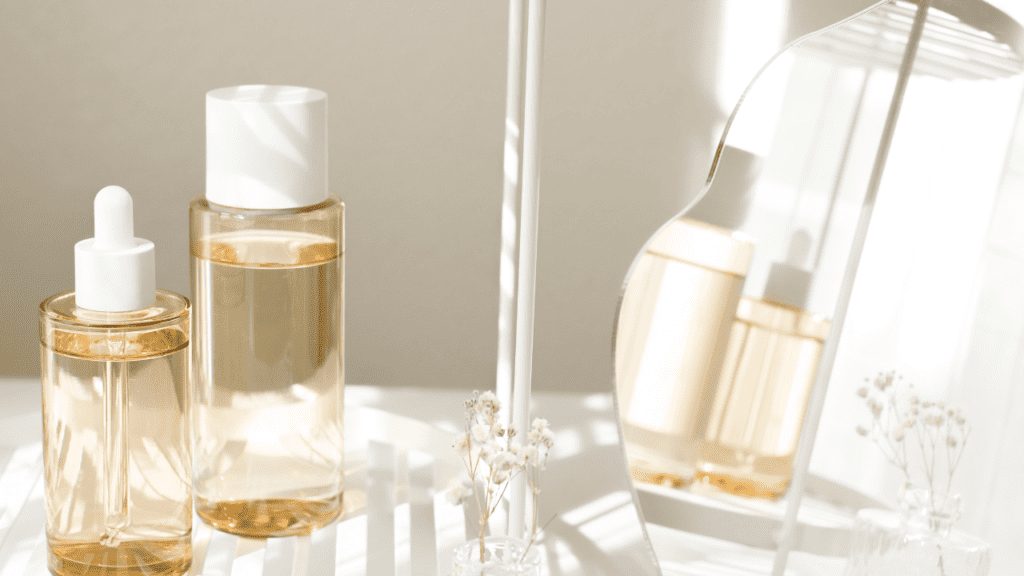
Hyaluronic Acid
Hyaluronic Acid (HA), a naturally occurring substance in the skin, is celebrated for its incredible ability to retain moisture. Unlike snail mucin, which is an animal-derived product, HA is produced synthetically for skincare. It’s a powerhouse in maintaining skin hydration, plumping up the skin, and reducing the appearance of fine lines. When comparing HA to snail mucin, the former excels in immediate hydration effects. However, snail mucin is more versatile, offering not only hydration but also aiding in skin repair and collagen production.
Vitamin C
Vitamin C is a staple in anti-aging skincare due to its potent antioxidant properties. It fights free radicals, brightens the skin, and boosts collagen production. While snail mucin provides some antioxidant benefits and promotes collagen synthesis, Vitamin C is more direct in its action against hyperpigmentation and uneven skin tone. For those looking to specifically target skin brightness and firmness, Vitamin C might be a better choice, while snail mucin offers a broader range of benefits including hydration and skin repair.
Retinol
Retinol, a derivative of Vitamin A, is renowned for its anti-aging and skin renewal properties. It accelerates cell turnover, helps fade dark spots, and reduces the appearance of wrinkles. Snail mucin, in contrast, works more gently. It’s ideal for those with sensitive skin who might find retinol too harsh. While retinol is a go-to for anti-aging, snail mucin offers a gentler approach with the added benefits of hydration and soothing properties.
Niacinamide
Niacinamide, or Vitamin B3, is a multifaceted skincare ingredient known for improving skin texture, reducing pores, and balancing oil production. It’s particularly beneficial for acne-prone and oily skin types. Snail mucin, while offering hydration and repair, doesn’t specifically target oil regulation or pore size like niacinamide. For those with oily skin, niacinamide is a more targeted choice, though snail mucin can still be a complementary addition for its healing benefits.
Salicylic Acid
Salicylic acid is a beta-hydroxy acid (BHA) famous for its exfoliating and acne-fighting capabilities. It penetrates deep into the pores to clear out excess sebum and dead skin cells. Snail mucin doesn’t provide such deep exfoliation but is known for its soothing and repairing properties, especially post-breakout. For active acne and deep cleansing, salicylic acid is the preferred choice, while snail mucin can support skin healing post-acne treatment..
Considerations for Use
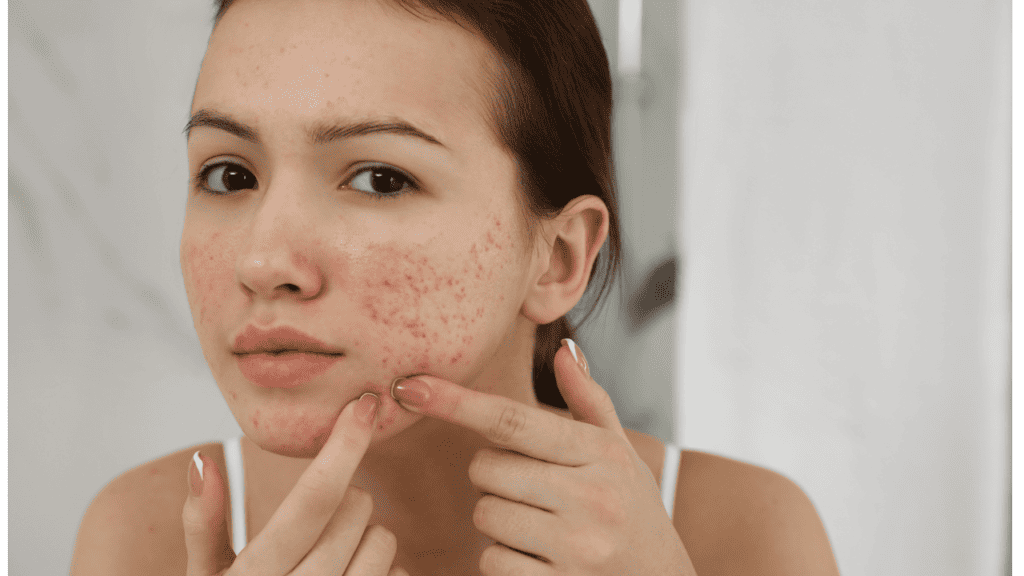
Skin Types and Conditions
Understanding your skin type and concerns is vital in choosing the right skincare ingredients. For instance, snail mucin is generally suitable for all skin types, especially beneficial for those with dry or sensitive skin due to its hydrating and soothing properties. On the other hand, ingredients like salicylic acid are more suited for oily or acne-prone skin, while hyaluronic acid works well for almost everyone, especially those needing extra hydration.
Potential Side Effects and Interactions
While natural ingredients like snail mucin are often well-tolerated, some individuals may experience allergies or sensitivities. It’s essential to patch test any new product. Synthetic ingredients like retinol and salicylic acid can cause irritation, dryness, or peeling, particularly at higher concentrations. It’s recommended to introduce these ingredients gradually and monitor your skin’s response.
Incorporating Ingredients into a Skincare Routine
Balance is key in a skincare routine. While it’s tempting to try multiple active ingredients, this can overwhelm the skin. Start with a basic routine and slowly introduce new products. For example, you might use a snail mucin-based product for hydration and repair, coupled with a targeted treatment like niacinamide for oil control or retinol for anti-aging.
The Future of Skincare Ingredients

The skincare industry is continuously evolving, with new discoveries and trends emerging regularly. The popularity of snail mucin has opened doors to exploring other natural and unconventional ingredients. Future trends may see a greater emphasis on sustainable sourcing and eco-friendly production methods.
Advancements in biotechnology are also paving the way for more effective and personalized skincare solutions. We might witness the rise of tailor-made skincare products, designed to meet individual skin needs based on genetic analysis.
As we move forward, the integration of technology in skincare, such as AI-driven skin analysis tools, will further refine how we choose and use skincare products. The future of skincare promises innovation, personalization, and an ever-deepening understanding of the intricate needs of our skin.
Conclusion
Our journey through the world of skincare reveals that each ingredient, including snail mucin, carries its unique strengths and potential benefits. While snail mucin stands out for its hydrating and healing properties, it’s important to remember that skincare is deeply personal. What works for one person may not for another. Our comparative analysis aimed to shed light on how snail mucin compares with other popular ingredients, providing a foundation for you to make informed decisions about your skincare routine.
Remember, the key is to understand your skin’s needs and experiment cautiously. We encourage you to explore these ingredients, keeping in mind your individual skin type and concerns. Skincare is an evolving journey, and we hope this guide has been a helpful companion in navigating the diverse landscape of skincare ingredients. Stay curious, stay informed, and most importantly, stay confident in your skin!
Frequently Asked Questions (FAQs)
Can snail mucin help with acne?
Snail mucin can help soothe and repair the skin post-acne, but it’s not primarily an acne treatment. Ingredients like salicylic acid might be more effective for active acne.
What future trends are emerging in skincare ingredients?
Future trends in skincare include a focus on natural, sustainable ingredients, personalized skincare based on genetic analysis, and the integration of technology like AI for skin analysis.
How does snail mucin compare to hyaluronic acid in terms of hydration?
While both are excellent for hydration, hyaluronic acid primarily focuses on moisture retention, whereas snail mucin provides additional benefits like skin repair and collagen production.
